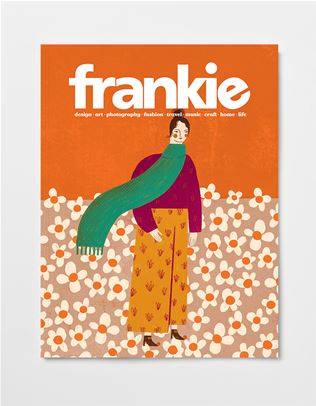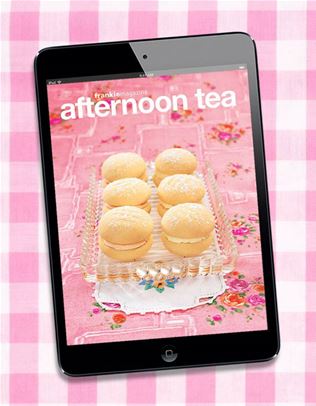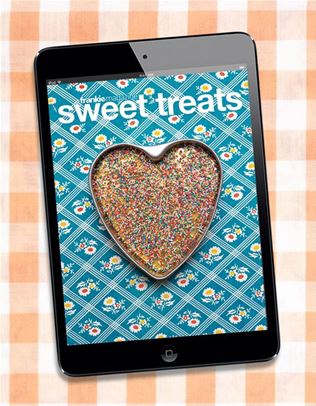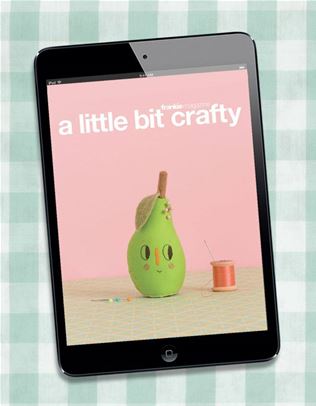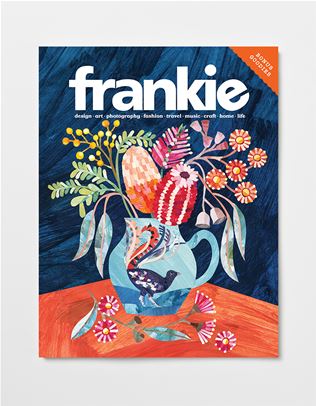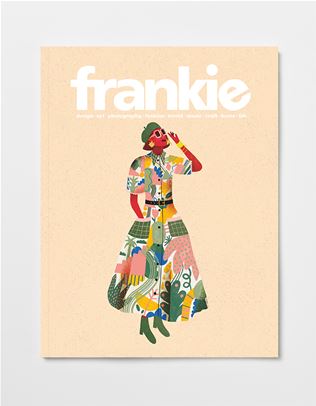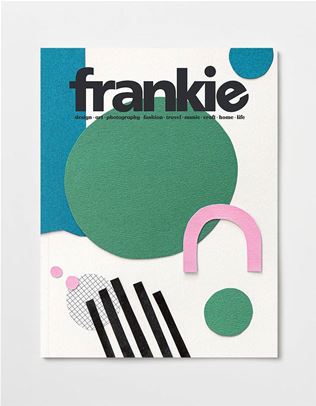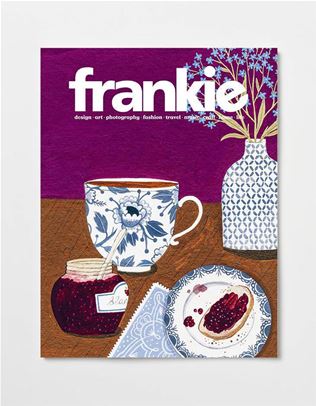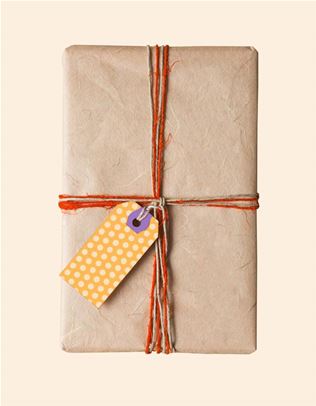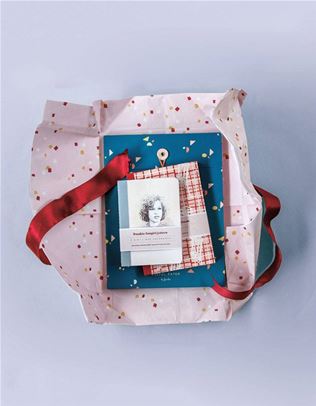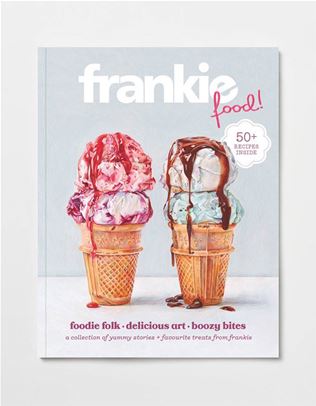how capturing candid moments can be a portal for representation
Dr Ayooluwatomiwa Ibukun Oloruntoba's exhibition, 'We Outside', is showing at Melbourne/Naarm's Immigration Museum from March 14th to August 17th.
When it comes to taking photos, Ibukun has a knack for capturing the intimate everyday moments that might otherwise go unnoticed. It's these candid scenes of friends, family and community that tell a story of culture and connection in his new exhibition of black and white photographs. We chat with the photographer about We Outside and the power of representation for young African-Australians.
Hi Ibukun! Not only are you an incredible photographer, but you’re also a junior doctor with a MD and PhD. How does your passion for photography sit alongside your passion for medicine? For me, my medical research and photography are like yin and yang. When I’m mentally drained from one, I transition to the other, which almost feels like a break, even though it's still work. If I’ve been deep in medical research for hours, switching to photography feels refreshing because it engages a different part of my brain. And when I’ve spent a lot of time editing or writing about photography, shifting back to research gives me that same sense of renewed energy. It’s this constant back-and-forth that keeps me balanced and helps me stay efficient with my time.
You were gifted a point-and-shoot camera by your father when you were young, but it was a trip to the US that ignited the inspiration that you have for the medium today. What was it about the trip that provoked your desire to take more photos? In 2023, I had the opportunity to visit the US to see family. During that trip, I made an effort to visit as many photography galleries as possible. At the time, I was already getting deeper into Melbourne’s photography scene and going to a lot of exhibitions, but I sometimes struggled to connect with what I was seeing. I couldn’t quite put my finger on why.
When I was in the US, I saw galleries featuring predominantly African-American and African diaspora photography, and it just clicked. I remember going to the MoMA and seeing an exhibition of just Nigerian photographers – it was the first time I really saw myself, my family and my friends reflected in the work. That was a huge moment for me. It made me realise why I’d sometimes been feeling disconnected from the work back home – I was missing that sense of representation. That experience really planted the seed for We Outside and inspired me to create something similar for people to connect with in Australia.
We Outside is an exhibition of images and videos that celebrates African-Australian identity. You’ve said that “it’s about more than documentation; it’s about representation.” What do you mean by that, and why is this kind of representation important to you? What I mean by representation is being able to see yourself – your friends, your family, people who look like you – in spaces like Immigration Museum. That’s powerful, especially since African-Australians aren’t really that visible in the photography scene. I think that sense of connection to images is underrated. Seeing people from the African diaspora represented both behind and in front of the camera – in major creative spaces – creates a real sense of belonging.

Why did you choose the name We Outside for the exhibition? We Outside is a phrase I’ve heard a lot when travelling overseas. Even in Australia, it’s a term that’s widely used across different African diaspora communities, but with slightly different takes. In Nigeria, for example, there’s a direct translation – Ìtà lá wà – which literally means “we’re outside” and is used in the same way. We Outside captures the feeling of enjoyment – whether you’re with friends, exploring, or just having a good time. That’s why it felt like the perfect title for the exhibition. It reflects the essence of the safe spaces created by young African-Australians.
Your photos feature intimate slices of life. How intertwined with the stories of these moments are you before you photograph them? Funnily enough, I know most of the people in my photos – and if I don’t, I’ve at least spoken to them. Most of the shots are candid; people aren’t expecting them, and that’s intentional. I try to capture what’s actually happening rather than setting up a posed image. It’s more about documentation than event photography. To really document these spaces, I think you have to be part of them. Most of the time, I’m also participating – having fun, chatting and connecting with people. That’s how I make myself and my subjects comfortable. So, when I take a photo, they aren’t surprised – we’ve already interacted, or they’ve seen me around, which makes the whole process feel more natural.
There is a focus on young people and the spaces they commune in We Outside. Are these places that you have visited growing up, or still visit? I can only speak from my personal experience, but growing up, the way I experienced community was slightly different from how I experience it now. Back then, most events were organised by our parents or family friends. They were usually more family, ethnicity or religious-based, and not as mixed as they are now. What makes these spaces special today is that they're driven by us. We're the ones organising them, putting in time, effort and money to create these spaces. They're more mixed across the African diaspora, and there's a real sense of intention behind coming together. It's about choosing to be outside.
Why do you choose to shoot on 35mm film as opposed to digital? Over the last eight years, about 95 per cent of my photography has been on film. It slows me down and makes me more intentional with each shot. It forces me not to take moments for granted. Shooting on film is almost meditative; it keeps me present and focused on the here and now. Before events or shoots, I really think about what I’m trying to capture because I know I’m limited to maybe one or two rolls for the event. When I get a great shot, it means so much more because I know I had limited chances, and I couldn’t instantly check or correct it. That process of slowing down and being deliberate has made me fall in love with film. I’ve shot on medium format as well, but 35mm just works better for capturing moments. Medium format is harder for that – sometimes the moment’s gone before you’ve even had time to set up.
The images are absolutely incredible. Do you have a favourite shot, or a photo that features a moment that you shared with someone that was special? I have a few favourites, but one that stands out is a photo I took at the Riddim Cup in 2023. It’s of a team called Unsolved – they’re a clothing brand run by young African-Australians, and while they make great streetwear, they’re also incredible footballers. It was the semi-finals, and they’d been the strongest team in the tournament. I remember standing behind the team, waiting for a while to capture the shot I wanted – and it happened when they scored an incredible goal. The reaction was amazing. There are about 10 people in the frame, and every single one of them has a different or funny reaction. A lot of those guys haven’t seen the photo yet, and maybe that’s because they also beat my team in the finals! I’m excited to share it with them.
View this post on Instagram

.jpg&q=80&h=682&w=863&c=1&s=1)


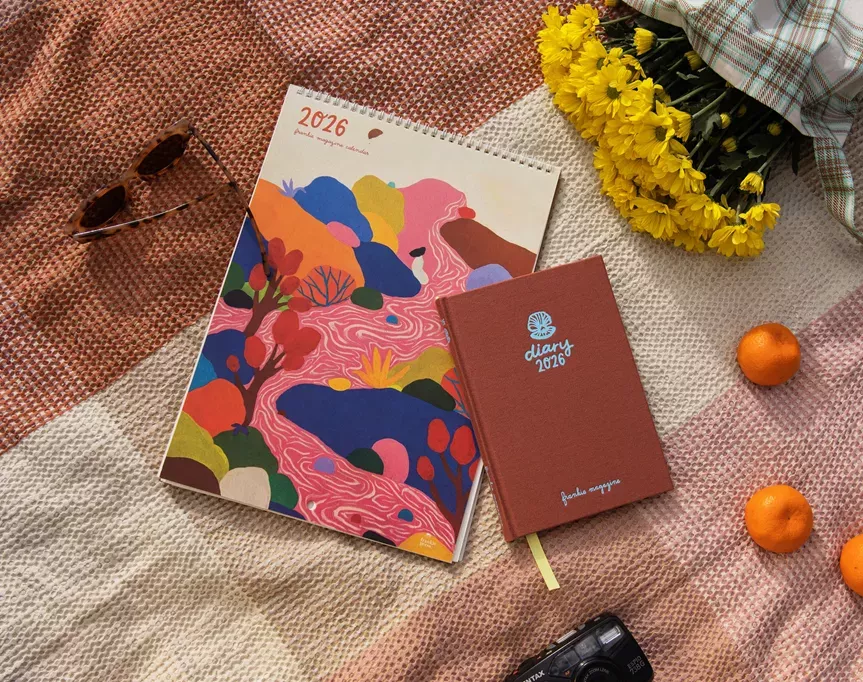
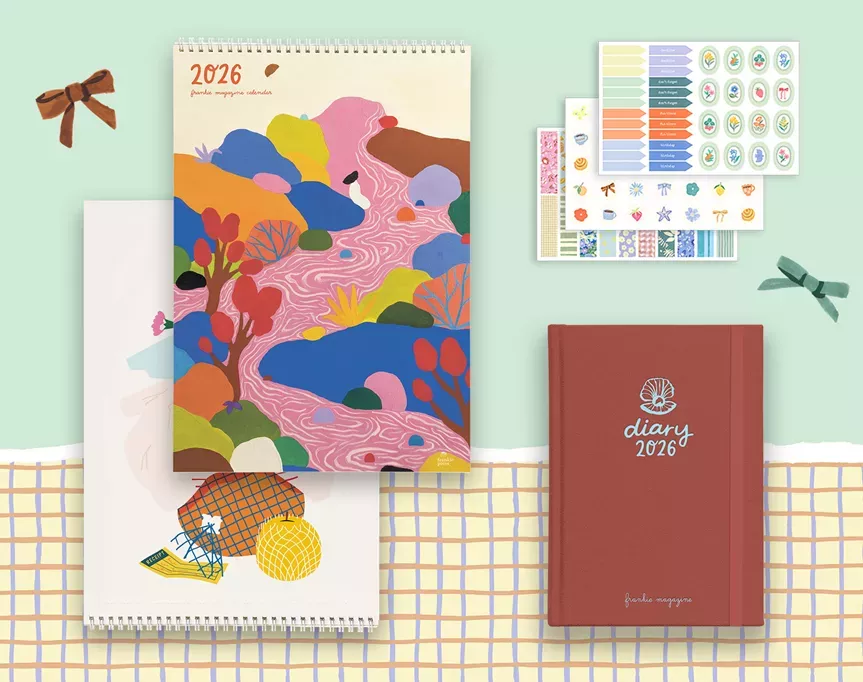

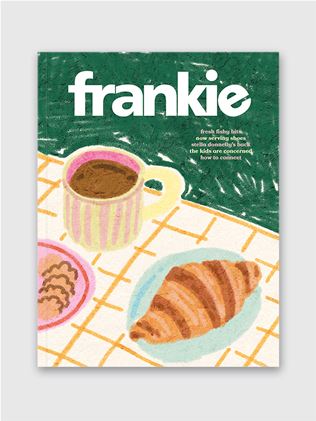
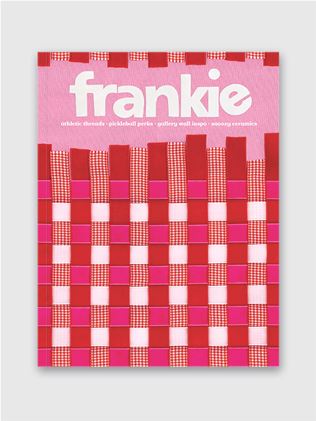
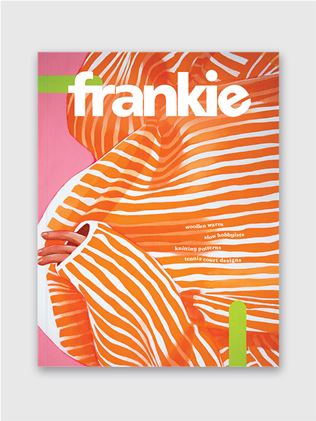

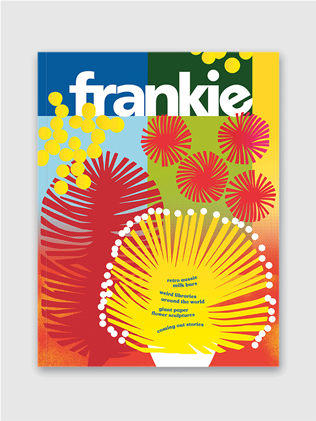
.jpg&q=80&w=316&c=1&s=1)
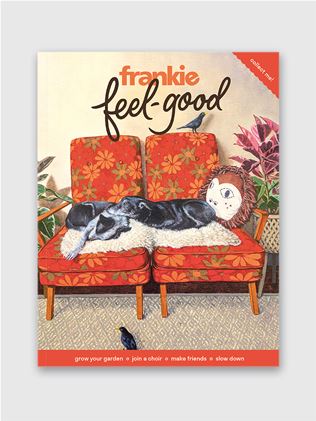
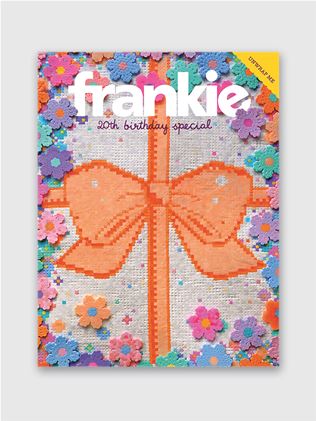
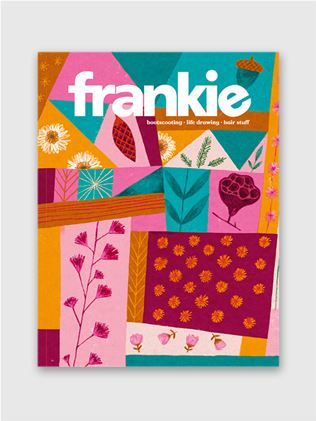
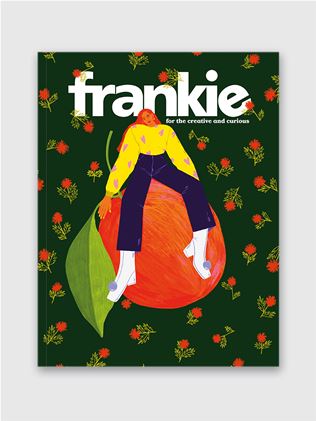
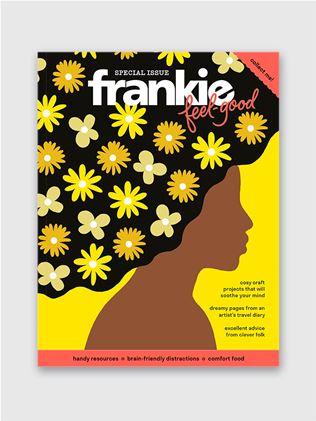
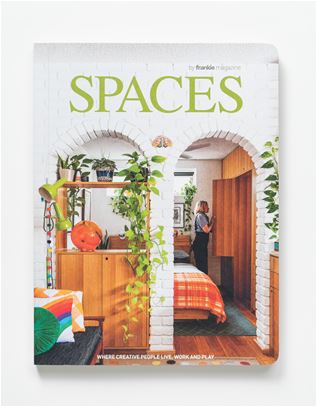
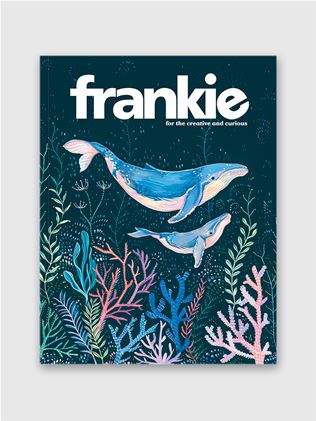
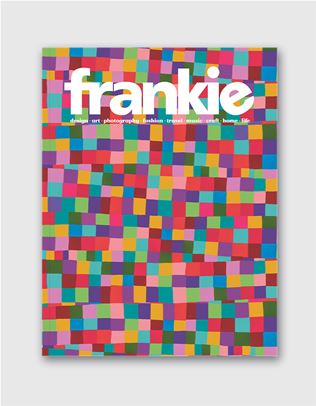

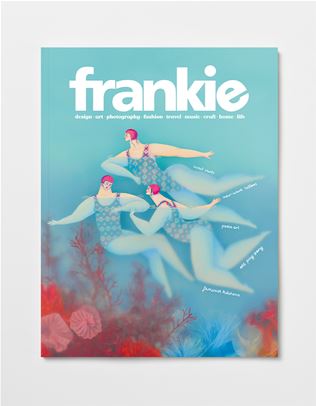
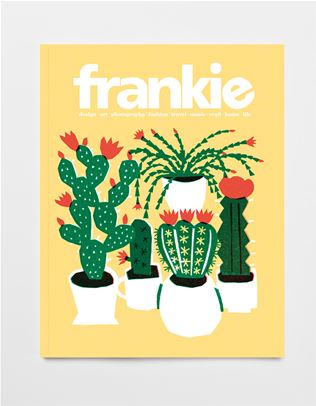
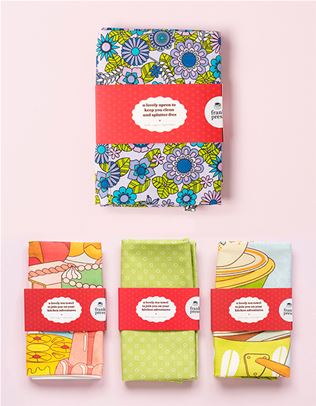

.jpg&q=80&w=316&c=1&s=1)
